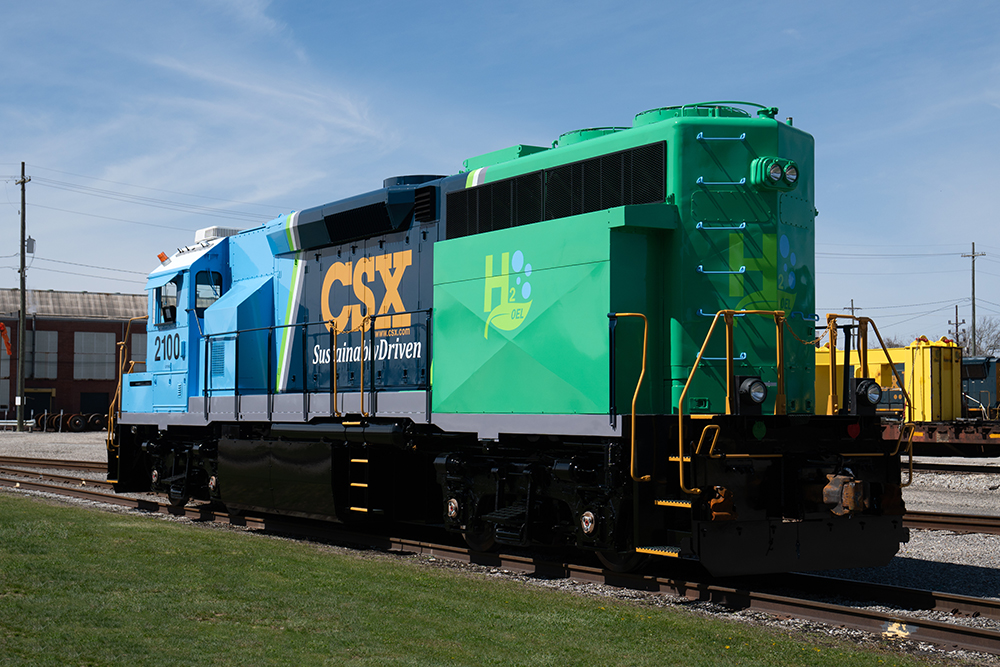OmniTrax took over operations of the South Branch Valley Railroad on Dec. 1. The company told legislators a month into its 40 year lease with that state, that it plans to continue the operations of Potomac Eagle, a scenic passenger train.
OmniTrax took over operations of the South Branch Valley Railroad on Dec. 1. The company told legislators a month into its 40 year lease with that state, that it plans to continue the operations of Potomac Eagle, a scenic passenger train.
Denver-based OmniTrax operates 27 shortline freight railroads nationwide.
The 52-mile stretch of rail connects Petersburg to Green Spring, where it interchanges with CSX. It is the company’s newest acquisition.
In 2019, OmniTrax acquired the Winchester & Western Railroad operations, making the South Branch Valley Railroad its second operation acquisition in the state. However this will be the first scenic tourism train in the company’s entire operating portfolio.
Stacey Posey, vice president of operations for OmniTrax’s central region, said the company will not only retain the Potomac Eagle scenic passenger train but that it has ongoing discussions to expand the operations. He said state officials told him that it was important that the Potomac Eagle be protected, and even though he has no experience running a tourism train, he is committed to maintaining the Potomac Eagle.
“I was in Chicago for eight years and we would run 120 trains a day, I think I can run two or three trains a day on the South Branch and not mess with that (the Potomac Eagle) train at all,” Posey said. “It will run on time, it will continue to run and we will continue to support the Potomac Eagle as they grow.
The Potomac Eagle operates during the summer and autumn, and usually has around 44,000 passengers a year.
OmniTrax has an agreement with the state for a 50/50 rail maintenance cost split with the state. However, as utilization of the South Branch Valley Railroad increases, so will OmniTrax’s percentage cost share.
The largest freight customer is Pilgrim’s Pride in Moorefield. Rail shipments of grain support the company’s poultry operations in the area.
“As carloads grow, we assume more maintenance and more responsibility for the maintenance,” Posey said.
